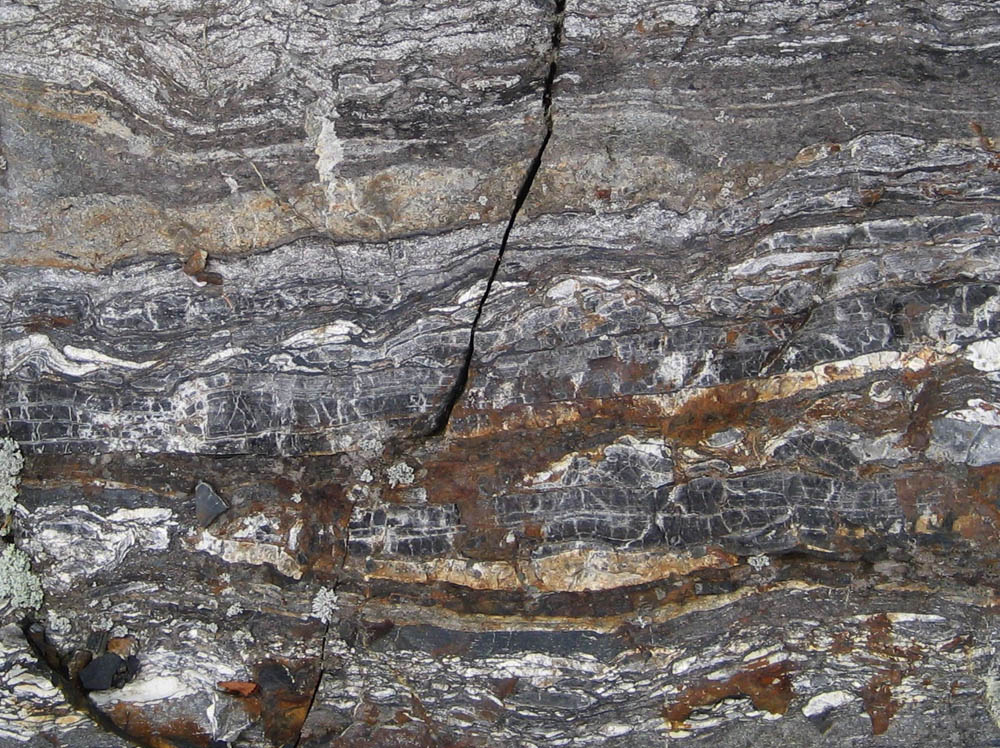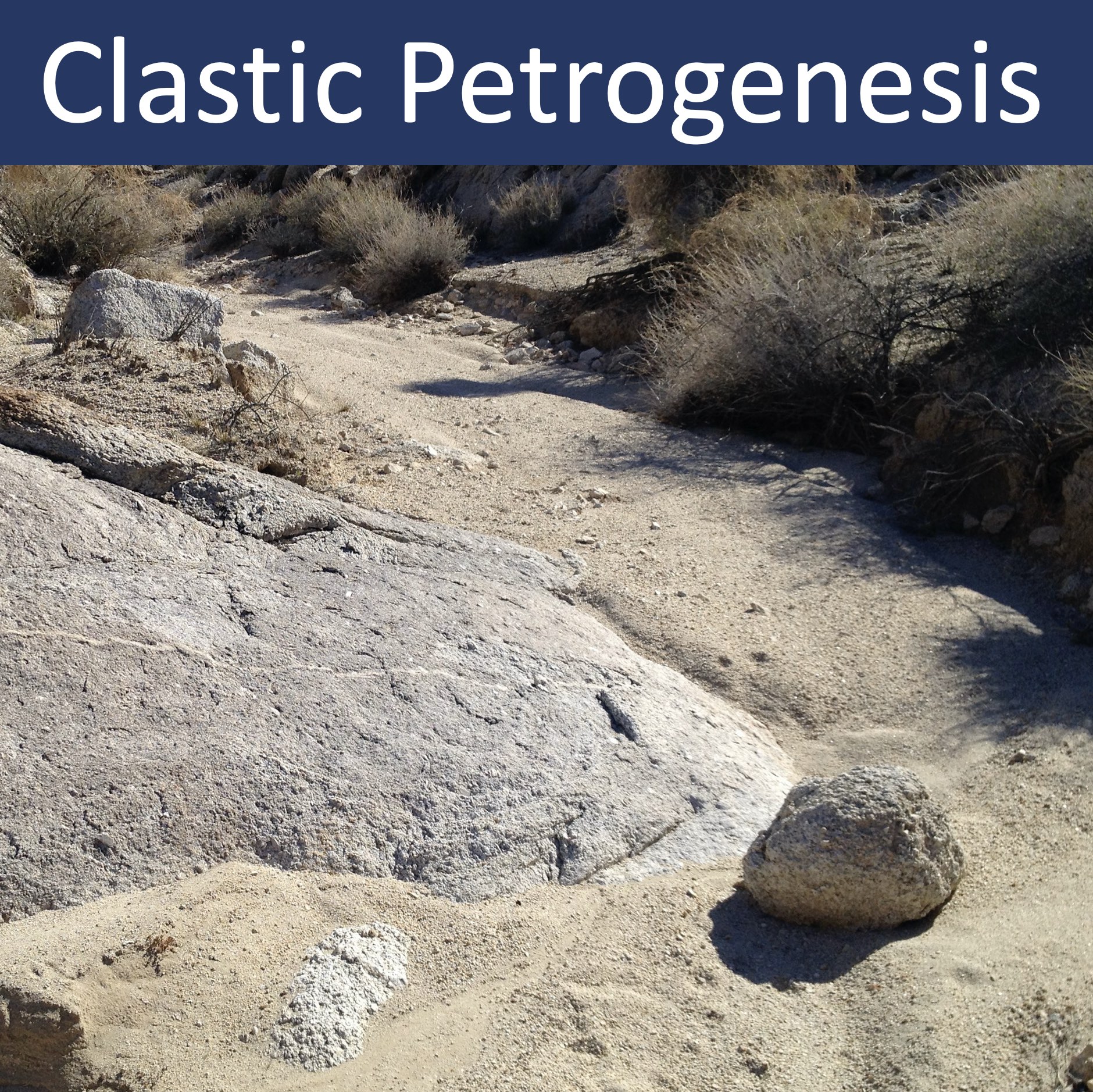
Research
My research involves an interdisciplinary approach to problems related to basin formation, filling, and deformation. Conventional field work (mapping, section measuring) and more advanced approaches (use of unmanned aerial systems [drones] for imaging and digital elevation models, and 3D digital outcrop models) provides much of the basic data for my studies and sets the framework for guiding associated analytical research. Critical data sets usually include hand-sample and thin-section analysis, wet chemistry procedures, X-Ray fluorescence, X-Ray diffraction, cathodoluminescence (CL), inductively coupled plasma mass spectrometry (ICP-MS), secondary ion mass spectrometry (SIMS), and electron microprobe/SEM work. I am dedicated to the study of Earth processes and products from a “deep time” perspective, particularly for the Precambrian, but at the same time committed to understanding modern conditions as a window to see into the past.
The interrelation between large-scale variables as climate and tectonics, for example, is intricate and sophisticated. Consequently, I regularly design focused field and laboratory experiments in which results can be applied to larger problems. In addition to this, my research combines these concepts to understanding the sedimentary environments, petrology, and geochemistry of sediments and sedimentary rocks on Mars. My students and I are following four main research directions (discussed below) centered on the general theme of using modern sediments and ancient sedimentary rocks as proxies for interpreting the interplay between climate change, base-level fluctuation, depositional processes/environments, the biosphere, and tectonics.
Please click on each image below to take you to information about my different long-term research interests.
There are a wide range of facilities for processing and analysing samples in the Fedo laboratory and within the Department of Earth & Planetary Sciences, which can be found by starting at the Research tab on the department web page.
Clicking here will direct you to important places to connect to for research funding, cool science news, relevant societies, and very useful web pages for sedimentology and stratigraphy.








